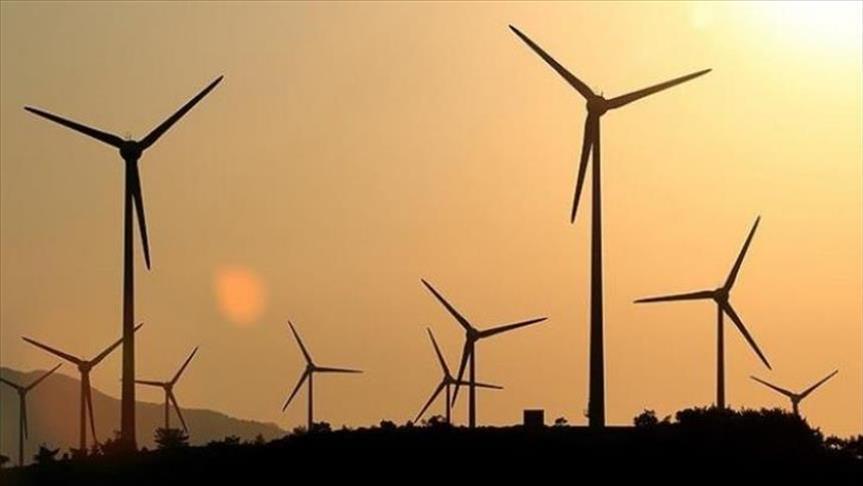Norwegian energy major Equinor joined the NortH2 green hydrogen project in the Netherlands, the company announced on Monday.
The project aims to produce green hydrogen using renewable electricity from offshore wind off the coast of the Netherlands of about 4 gigawatts by 2030, and 10+ gigawatts by 2040, to kick-start the hydrogen economy in northwest Europe, the company said.
“This is a groundbreaking project that Equinor is looking forward to contributing to,” Anders Opedal, Equinor CEO, was quoted as saying in the statement.
Opedal said the company aims to reach a net-zero energy level by 2050 and added that developing a profitable low-carbon value chain for hydrogen would be an essential part of the transition to become a broad energy company.
“Hydrogen will be key to decarbonization and net-zero efforts for the energy market, especially in otherwise hard to abate sectors which cannot be served by electricity,” he said.
NortH2 was launched in February 2020, with Shell, Groningen Seaports Gasunie and the province of Groningen. Equinor joined the project as a new partner of German utility RWE. The project will complete a feasibility study by 2021 with the aim of starting project development activities in the second half of 2021.
The project will have a capacity of 1 GW in 2027, 4 GW by 2030 and 10+ GW by 2040 for electrolysis. This equates to 0.4 million tonnes of green hydrogen production in 2030 and 1 million tonnes of green hydrogen production by 2040.
“This can abate 8 to 10 million tonnes of CO2 emissions. This is equivalent to the yearly emissions from road traffic in Norway. The rapid growth in offshore wind is well suited to developing a green hydrogen value chain,” the company said.
The NortH2 project would make a major domestic contribution towards meeting the expected rapidly rising demand for hydrogen and thereby meeting the Dutch and EU climate goals for 2030, it added.
Equinor said the North Sea has great potential for large-scale wind development with its extensive existing natural gas infrastructure that is suitable for the storage and large-scale transport of hydrogen.
According to the company, there are large industrial clusters in the Netherlands and Germany as well as heavy-duty vehicle original equipment manufacturers that could economically benefit from a ‘first mover’ advantage.
By Sibel Morrow
Anadolu Agency
energy@aa.com.tr


